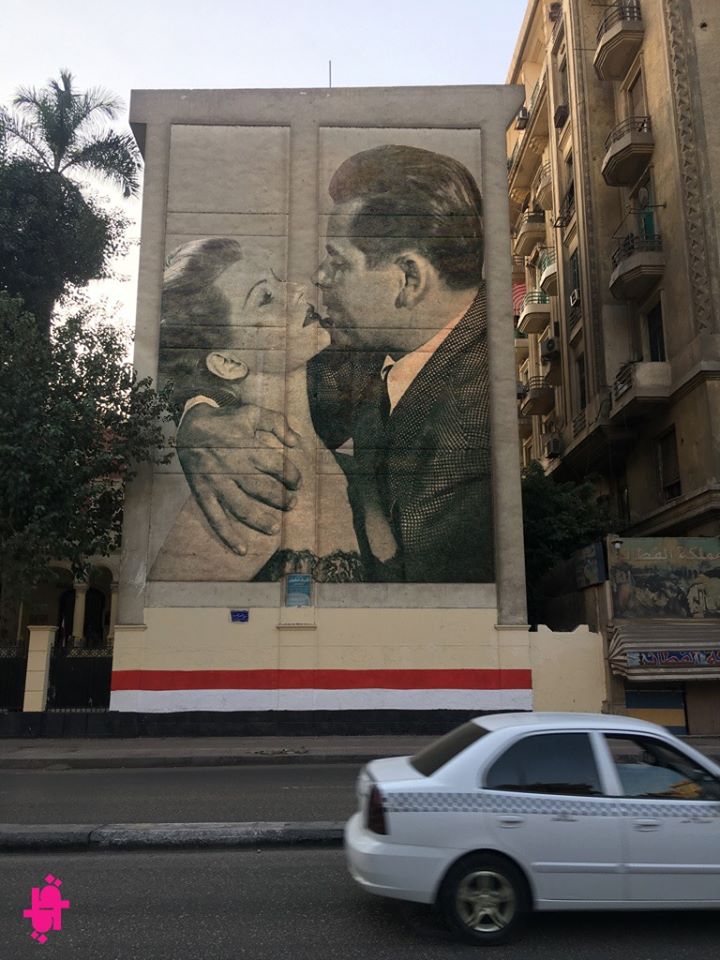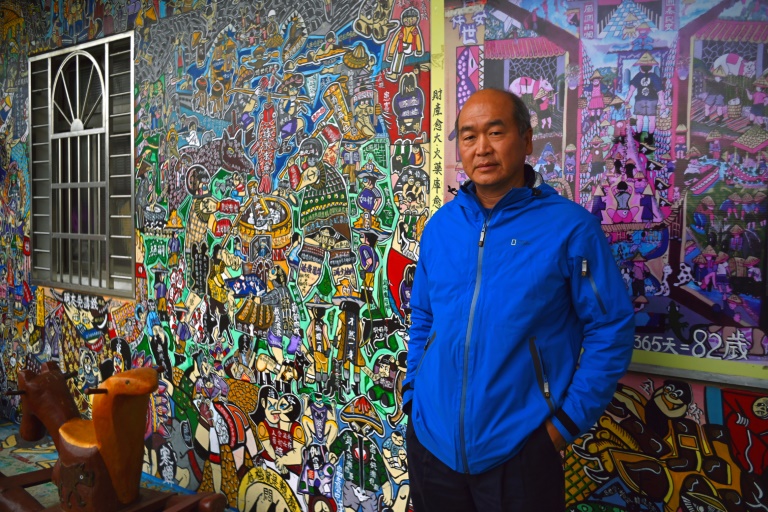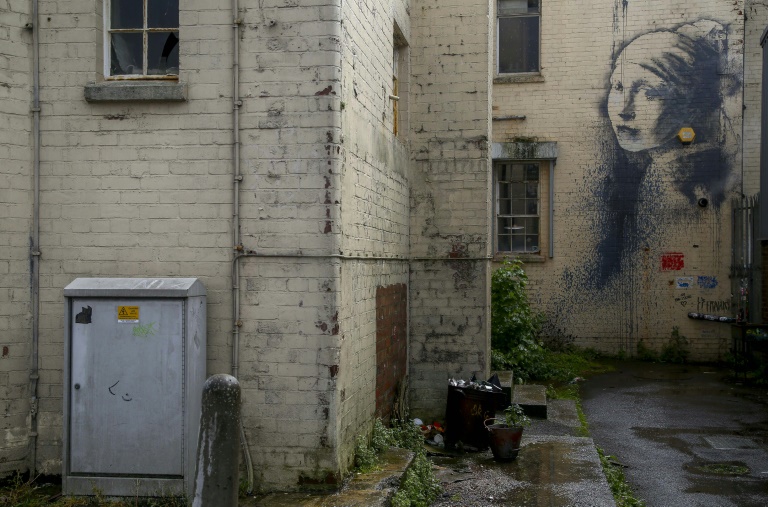Sunday night saw the opening of “This Is Not Graffiti,” an exhibition that will be hosted by the Townhouse gallery over the coming weeks.
The name at first seems to suggest only what the exhibition is not. It is a nod toward preconceived notions graffiti artists may have about the confines of the gallery space; and hence “This Is Not Graffiti” attempts to explore the extent to which graffiti is a context-based art by bringing it indoors.
Nine graffiti artists who rose to prominence since the January uprising took part in the project: Keizer, Sad Panda, El Teneen, Adham Bakry, Dokhan, Hend Kheera, Hany Khaled, Charles Akl and Amr Gamal.
“The idea was to pose the question if it still counted as graffiti art when brought indoors,” says the exhibition curator, Soraya Morayef. “The artists were then left to respond to the question through their work.”
Despite different artists having different stances toward the idea, all of the invited agreed to participate.
The answers come in a variety of forms, from those reflecting blatant opposition to the concept, to others who took this as an opportunity to create a large piece of art, expressing nonchalance toward the exhibition’s concept.
Morayef adds that she agreed with the Townhouse on not practicing any form of censorship or interference with the project in order to ensure artists’ participation.
It was enjoyable to glance over the different pieces on display, particularly the more “indifferent” attempts to enjoy the given workspace without overthinking and taking the project too seriously.
Kheera’s work of Jesus about to get himself run over, standing with his back turned to a bloodied, rampaging tank while holding up a blank sign in protest, gives rise to a variety of thoughts and feelings, from confusion to horror to chuckles, that keep it enjoyable in the exhibition environment.
Also, El Teneen’s well-crafted, ceiling-to-floor “barcode-ish” drips of white paint that bend into and out of a zebra with a large, cartoonish Qadhafi head expresses a genre of political idiosyncrasy that makes for an interesting view off of the street.
“I thought the posed question was ridiculous to begin with,” says El Teneen. “But I thought, 'Whatever, I’ll have fun and paint something without taking it too seriously.'”
On the other hand, artists whose pieces are blatantly critical of the concept seem contrived. If this were intentional on the part of the artists, the works would be interesting, but given the quality of their creations, that seems highly doubtful.
One example – despite being the audience’s favorite – is Sad Panda’s loosely splashed white paint with black writing over it, reading in Arabic, “Graffiti is street art, but this isn’t a street, you sons of dirty women.” Another is Bakry’s simple, stenciled writing saying, “Townwhores: Gallery of contemporary tart.”
The artists' unsuccessful attempts to be witty or “different" can make you grit your teeth. In certain instances, a blank or even smashed wall would have been preferable to halfway attempts at chivalrous rebellion.
Kareem Abada also produced a roughly-made video that highlighted the graffiti process at various stages – conception, implementation, risk, and so on. Despite being an enjoyable watch that reveals graffiti’s process and street context, the inherent notion of the graffiti artist as a mysterious, cavalier voice of the streets has been milked for a long time – if not in the 1980s with the commoditization of Basquiat, then at least over the last five years with Banksy.
When asked for an opinion on the difference between “street” and “exhibition” art, El Teneen responds, “The difference is the point. The street is for everybody. An exhibition is for self-elected types."
In any case the exhibition still features variety, as participating artists all approach the task differently and give the audience an enjoyable exercise in discerning how each artist viewed his or her task.
In light of the recent surge of graffiti art popping up around Cairo, it is certainly informative to see many of the key players are presented in one place. More interesting, however, is being able to see how graffiti artists actually perceive themselves in relation to the community, which oftentimes turns out to be disenchanting.
It could be said that the concept of "This Is Not Graffiti" was contrived from the get-go, because graffiti is a public art form by definition, but nonetheless the exhibition is worth checking out.




